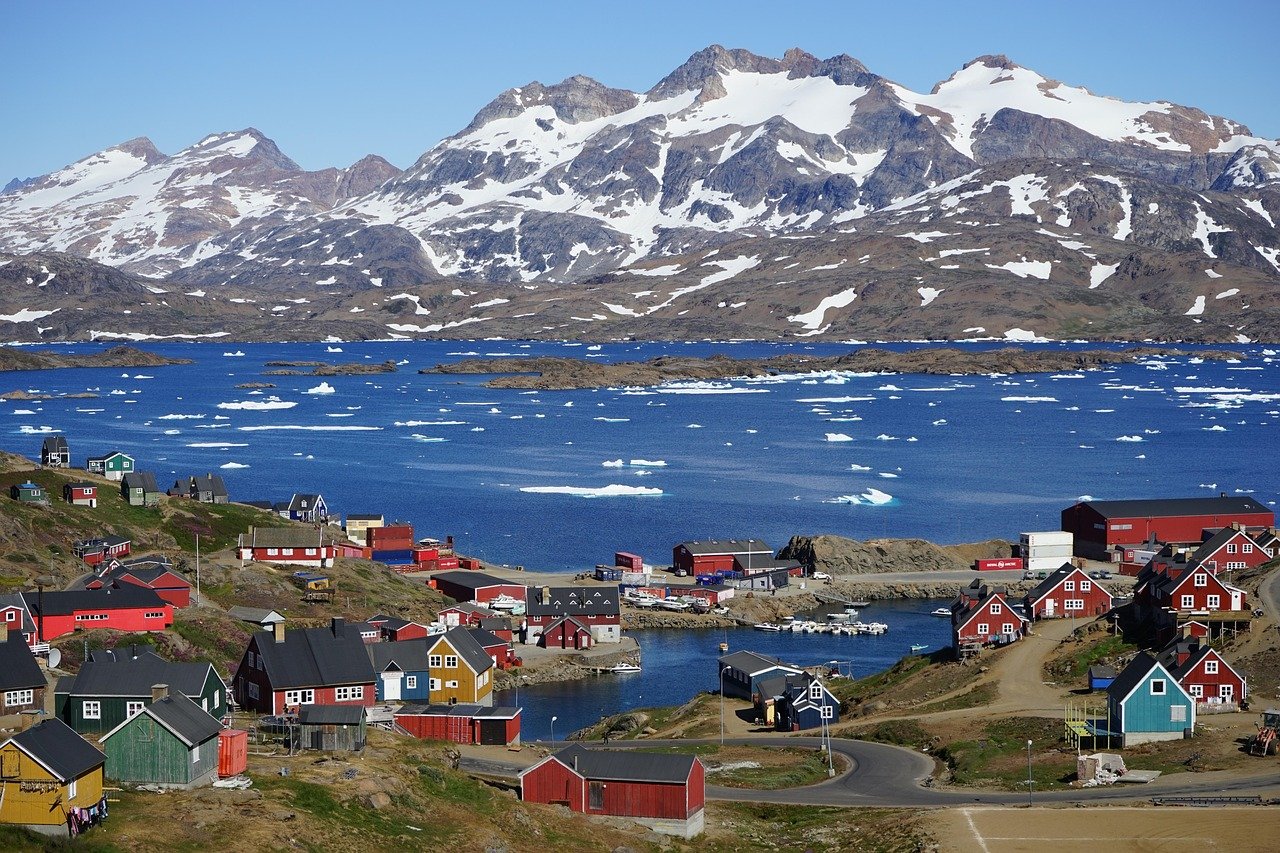Introduction
The Arctic, once a remote and frozen wilderness, is now a hotspot for global competition as nations and corporations rush to exploit its vast untapped resources. Climate change has dramatically accelerated ice melt, opening access to oil, gas, and critical minerals essential for modern technology and energy. Estimates suggest the region holds 13% of the world’s undiscovered oil and 30% of its natural gas, along with rare earth elements like cobalt and nickel, vital for renewable energy and electronics. Additionally, melting ice is creating new shipping routes, such as the Northern Sea Route, which could revolutionize global trade by cutting transit times between Europe and Asia by up to 40%. However, this scramble for Arctic wealth has sparked geopolitical tensions, with Russia, the U.S., Canada, China, and Nordic nations all vying for influence. Russia leads with extensive military and energy projects, while China, despite having no Arctic territory, invests heavily in mining and infrastructure under its “Polar Silk Road” initiative. Meanwhile, indigenous communities and environmentalists warn of irreversible damage—oil spills, habitat destruction, and the disruption of traditional ways of life for peoples like the Inuit and Sami. The Arctic’s future hangs in the balance: Will it become a zone of cooperation and sustainable development or a contested battleground for resources? Without strong international agreements and environmental safeguards, the race for the Arctic could escalate conflicts and accelerate ecological collapse, making it one of the most pressing challenges of our time.
Why the Arctic?
The Arctic Circle is believed to hold vast untapped resources:
- Oil & Gas: The U.S. Geological Survey estimates that the region contains about 13% of the world’s undiscovered oil and 30% of its natural gas.
- Minerals: Rare earth elements, nickel, copper, and cobalt—essential for renewable energy and tech industries—are abundant in the Arctic.
- Shipping Routes: Melting ice opens new trade passages like the Northern Sea Route, cutting shipping times between Europe and Asia by up to 40%.
Read more: https://pacificinsight.net/compelling-evidence-of-climate-change/
Key Players in the Arctic Race
Several nations are vying for influence and control over Arctic resources:
1. Russia
- Most aggressive in Arctic expansion, with military bases, icebreakers, and energy projects.
- Controls the largest portion of the Arctic coastline and has invested heavily in LNG (liquefied natural gas) projects like Yamal LNG.
2. United States
- Holds territory in Alaska but lags behind Russia in Arctic infrastructure.
- Recently approved controversial oil drilling in Alaska’s Willow Project, despite environmental concerns.
3. Canada
- Focused on sovereignty and indigenous partnerships in resource development.
- Increasing military presence to counter Russian and Chinese interests.
4. China (A “Near-Arctic” Player)
- Despite having no Arctic land, China calls itself a “Near-Arctic State” and invests in Greenland’s mines and Russian energy.
- Seeks to dominate Arctic shipping routes under its “Polar Silk Road” initiative.
5. Nordic Nations (Norway, Denmark/Greenland, Sweden, Finland)
- Balancing economic development with environmental protection.
- Greenland’s vast mineral resources attract global mining companies.
Environmental & Indigenous Concerns
The rush for Arctic resources comes with severe risks:
- Melting Ice & Ecosystems: Oil spills or mining pollution could devastate fragile Arctic wildlife, including polar bears, seals, and marine life.
- Indigenous Rights: Native communities, such as the Inuit and Sami, rely on the Arctic environment for survival and oppose unchecked industrialization.
- Climate Feedback Loop: Extracting Arctic fossil fuels could worsen global warming, accelerating ice melt and rising sea levels.
The Future of the Arctic
The Arctic’s future hinges on cooperation vs. conflict:
- International Laws: The UN Convention on the Law of the Sea (UNCLOS) governs territorial claims, but disputes persist.
- Sustainable Development: Some advocate for renewable energy investments over fossil fuels.
- Military Tensions: NATO and Russia’s Arctic militarization risks turning the region into a new Cold War battleground.
Conclusion
The Arctic is no longer just an icy wilderness—it’s a hotspot for energy, trade, and geopolitical rivalry. How nations balance economic ambitions with environmental and ethical responsibilities will shape the Arctic’s fate. Without careful management, the race for resources could lead to ecological disaster and global tensions.
Will the Arctic become a model of sustainable cooperation or a contested zone of exploitation? The answer depends on the choices made today.
What do you think? Should the Arctic be protected as a global commons, or is resource development inevitable? Share your thoughts in the comments!



Pingback: Greenland And Trump Policies In The Arctic Region - PACIFIC INSIGHT